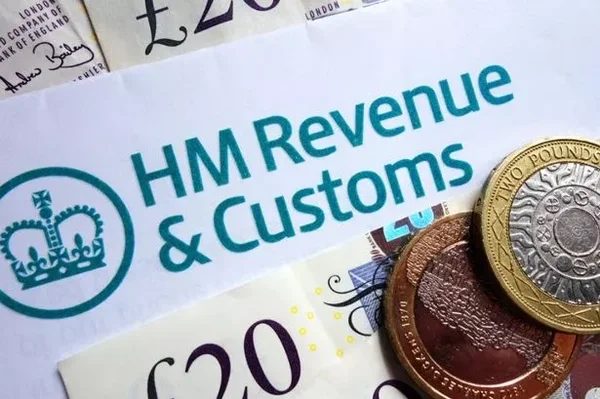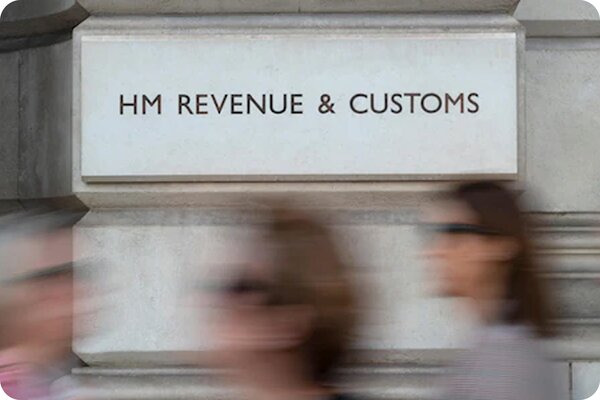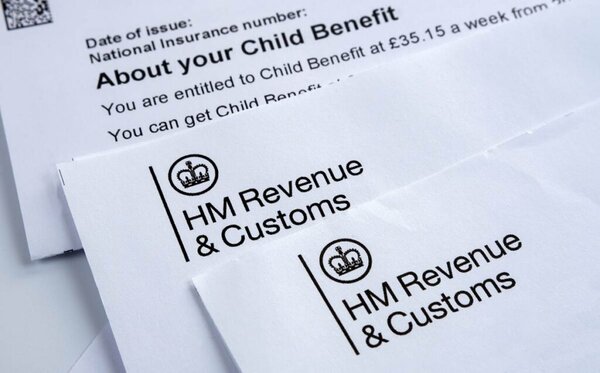New Guidance Framework for VAT Corrections
HMRC's revised guidance establishes a comprehensive framework for addressing VAT errors discovered after submission of returns. The updated procedures distinguish between minor errors that can be adjusted on subsequent returns and significant mistakes requiring formal separate notification to the tax authority.
The framework applies to all VAT-registered businesses regardless of sise or sector. Businesses must assess discovered errors against specific criteria to determine the appropriate correction method. The guidance emphasises the importance of prompt identification and correction of mistakes to minimise potential penalties and interest charges. Under the updated rules, businesses retain responsibility for maintaining accurate records that support any corrections made.
Documentation requirements have been clarified to ensure businesses can demonstrate the nature and calculation of errors if challenged during compliance reviews or audits.
Threshold Changes and Reporting Requirements
The threshold for correcting VAT errors on the next return remains set at ten thousand pounds or one percent of quarterly turnover, whichever figure is greater. Errors exceeding this threshold must be reported separately to HMRC using the designated disclosure procedure rather than adjusted through the next standard return.
Businesses must calculate the net value of errors when determining whether the threshold has been exceeded. This calculation involves offsetting errors that result in underpaid VAT against those that caused overpayments during the same accounting period. Only the net figure determines whether separate disclosure becomes necessary. When errors fall below the threshold limit, businesses can make corrections by adjusting the relevant boxes on their next VAT return.
This simplified approach reduces administrative burden for minor mistakes while maintaining accuracy in the overall VAT system. However, businesses must ensure corrections are made within specific time limits to avoid penalties.
Digital Submission Methods and Deadlines
Making Tax Digital for VAT requirements now integrate with the error correction process for most businesses. Corrections must be submitted through MTD-compatible software when businesses fall within the digital reporting mandate, which currently applies to all VAT-registered enterprises with turnover above the registration threshold.
The digital submission process requires businesses to use approved software that connects directly with HMRC systems. Errors discovered in previous returns submitted through MTD must typically be corrected using the same digital channels, maintaining consistency in reporting methods. Timing remains critical for error corrections regardless of submission method.
Businesses should correct errors as soon as reasonably practicable after discovery, typically on the next VAT return due after identification. Delays in making corrections may result in interest charges on underpaid amounts and could potentially trigger penalty assessments.
Impact on Small and Medium Enterprises
Small and medium enterprises face particular considerations under the updated error correction procedures. These businesses often lack dedicated tax departments, making prompt error identification and correction more challenging compared to larger organisations with specialised resources.
The revised guidance acknowledges these practical challenges by providing clearer examples and simplified explanations of correction requirements. HMRC has emphasised that businesses acting in good faith to correct genuine mistakes promptly will generally face reduced penalties compared to those who delay or fail to address errors when discovered.
SMEs using simplified accounting methods or flat rate schemes must follow specific procedures when correcting errors related to those schemes.The guidance clarifies how corrections interact with special VAT schemes, helping businesses avoid compounding errors through incorrect adjustment methods.
Compliance Obligations for Businesses
Businesses bear primary responsibility for ensuring VAT returns remain accurate and correcting any errors discovered after submission. The updated guidance reinforces that VAT registration creates ongoing obligations extending beyond initial return submission to include error identification and correction procedures.
Record keeping requirements support the error correction process by enabling businesses to identify mistakes and calculate proper adjustments. Businesses must retain sufficient documentation to demonstrate how corrections were determined and why particular correction methods were selected.
HMRC expects businesses to implement reasonable checking procedures that help identify errors before returns are submitted. While no system eliminates all mistakes, demonstrated diligence in checking procedures may influence penalty assessments if errors do occur. Regular reconciliations between accounting records and VAT returns help identify discrepancies requiring investigation.
Professional Advisors Respond to Changes
Tax professionals have welcomed the clarified guidance while noting that businesses require support in implementing the updated procedures. Advisors emphasise the importance of prompt action when errors are identified, as delays can increase financial consequences even for genuine mistakes.
Professional bodies representing accountants and tax advisors have highlighted the need for businesses to understand threshold calculations properly. Misunderstanding whether separate disclosure is required versus adjustment on the next return represents a common compliance risk that the updated guidance seeks to address.
Advisors recommend that businesses establish clear internal procedures for error identification and correction aligned with HMRC's updated framework. These procedures should designate responsibility for reviewing returns, investigating potential errors, calculating corrections, and ensuring timely submission through appropriate channels.
Final Summary
HMRC's updated VAT error correction guidance provides businesses with clearer procedures for addressing mistakes discovered in previous returns. The framework maintains existing threshold limits while emphasising digital submission requirements and prompt correction timing.
Businesses must understand whether errors can be corrected on the next standard return or require separate disclosure based on the ten thousand pound or one percent of turnover threshold. The guidance affects enterprises across all sectors, with particular implications for small and medium businesses navigating compliance obligations without specialised tax departments.
Professional advisors stress the importance of implementing robust checking procedures and acting promptly when errors are identified to minimise financial consequences. The updated framework reflects HMRC's broader digital transformation agenda while maintaining principles of fair treatment for businesses making genuine mistakes in good faith.











